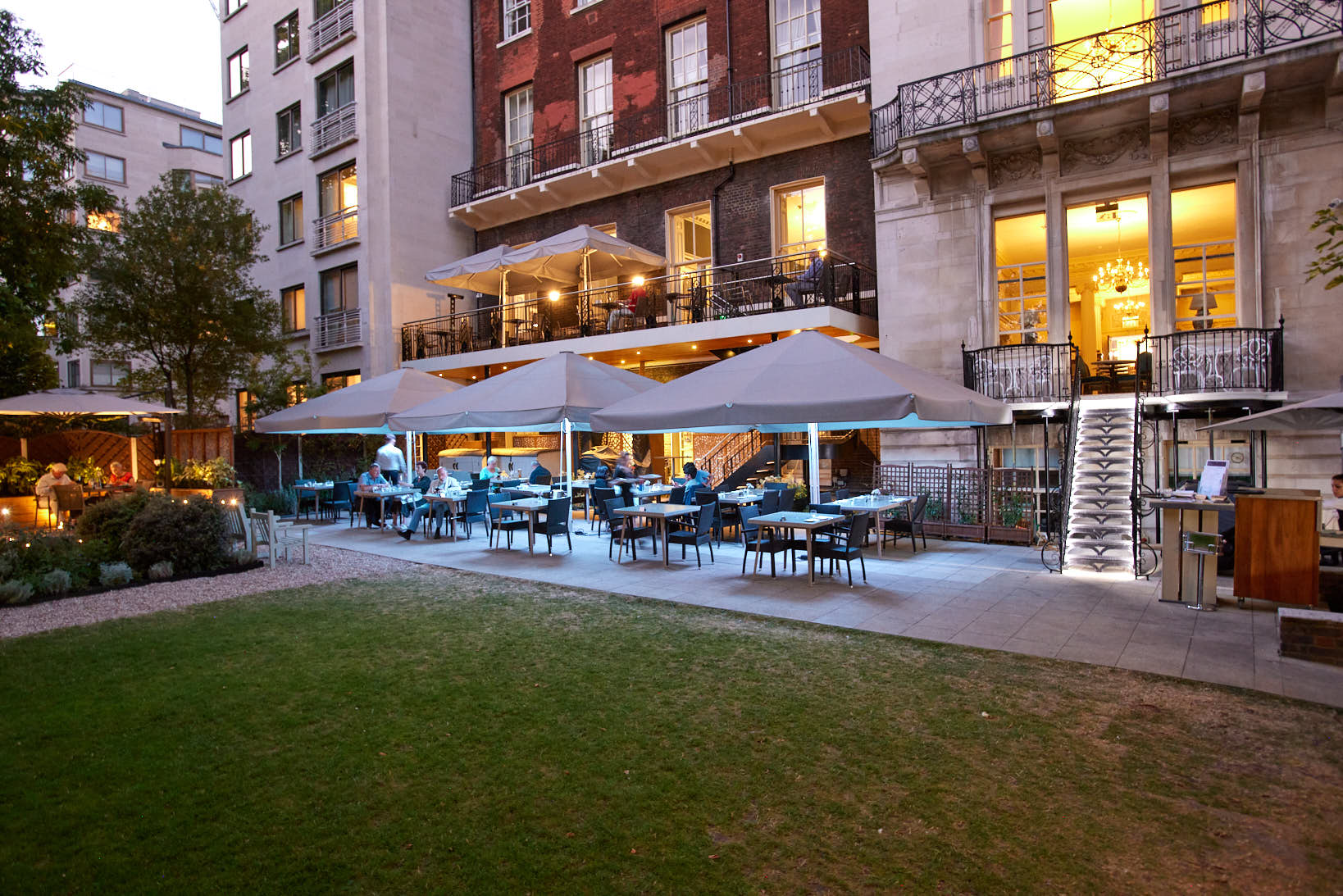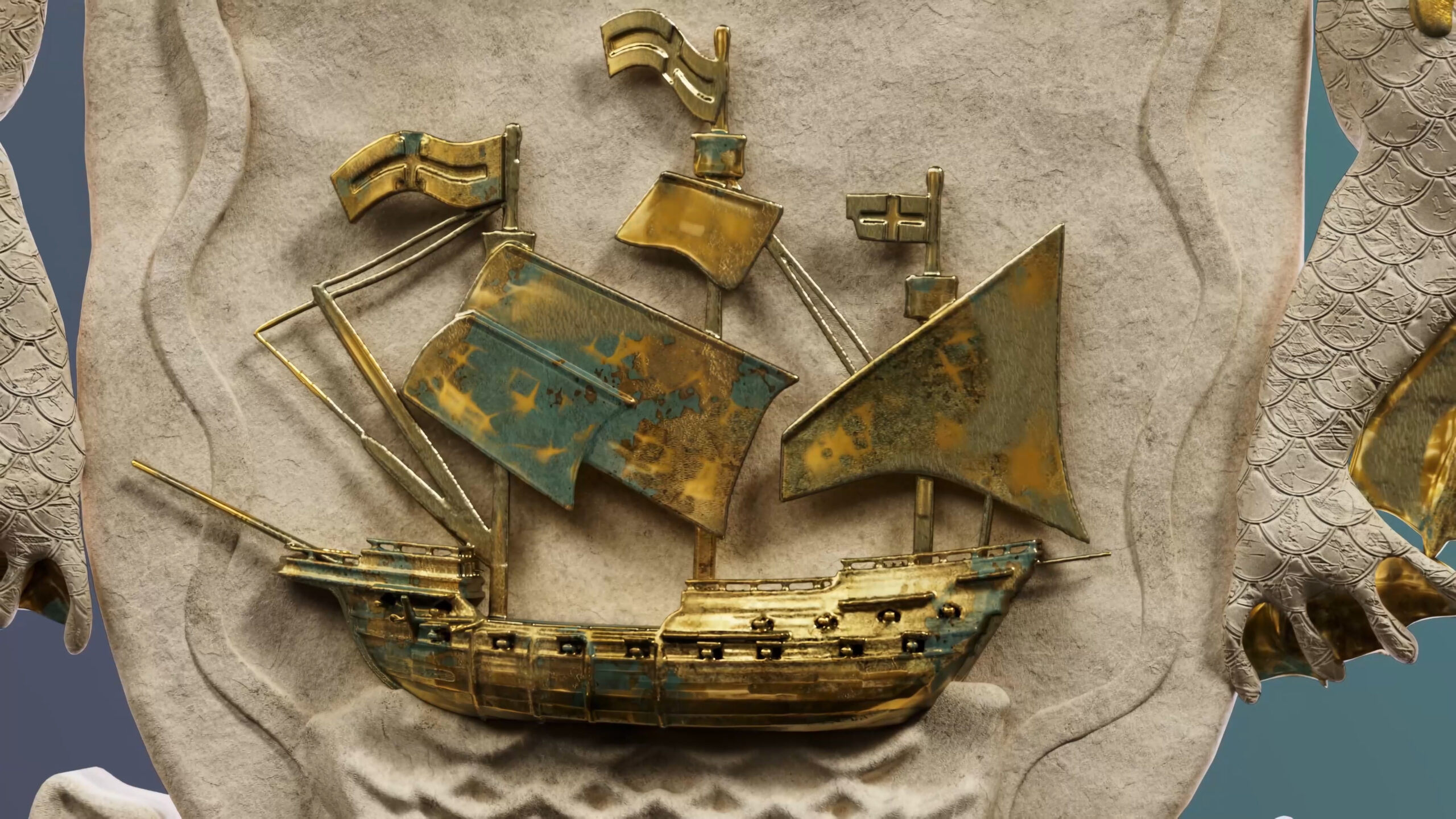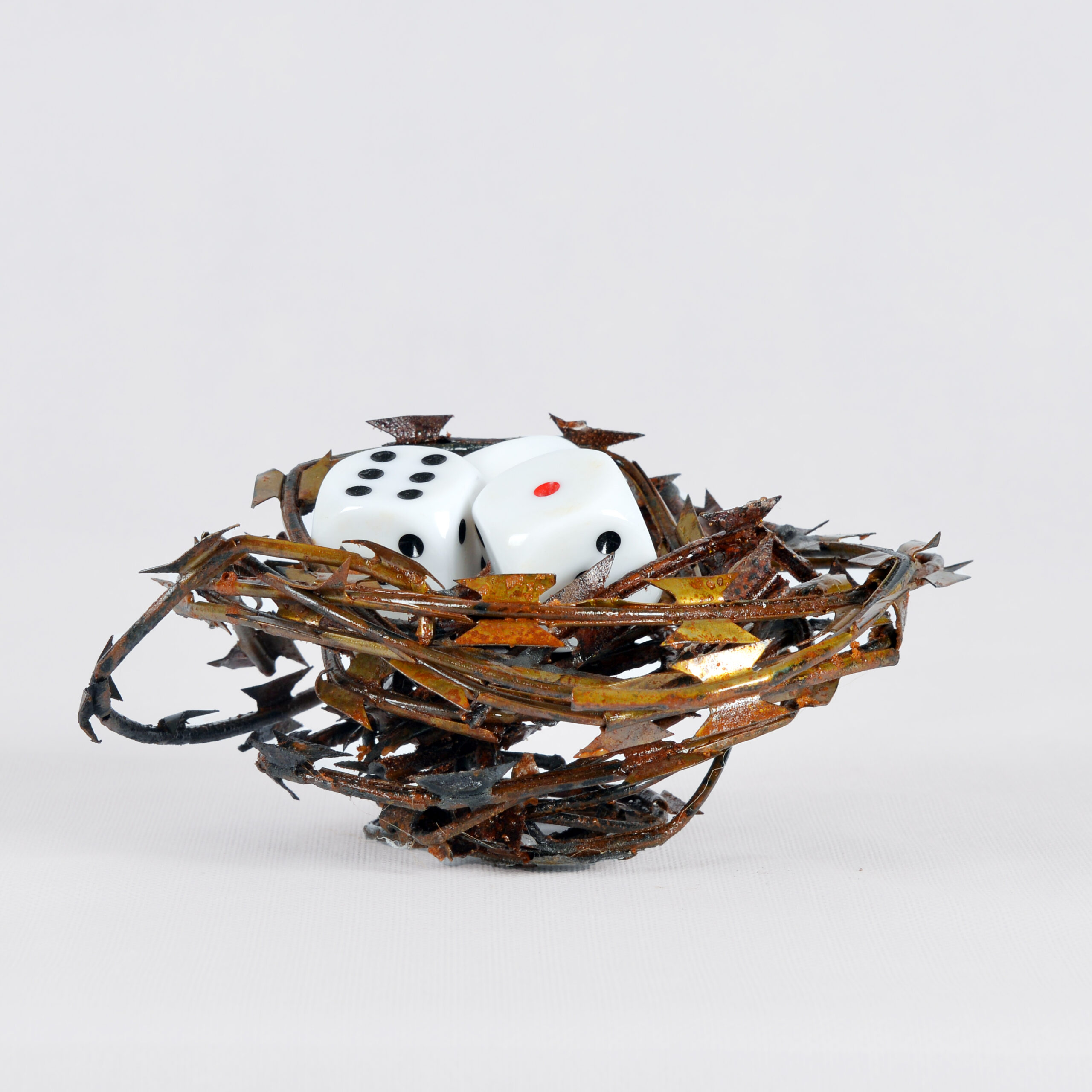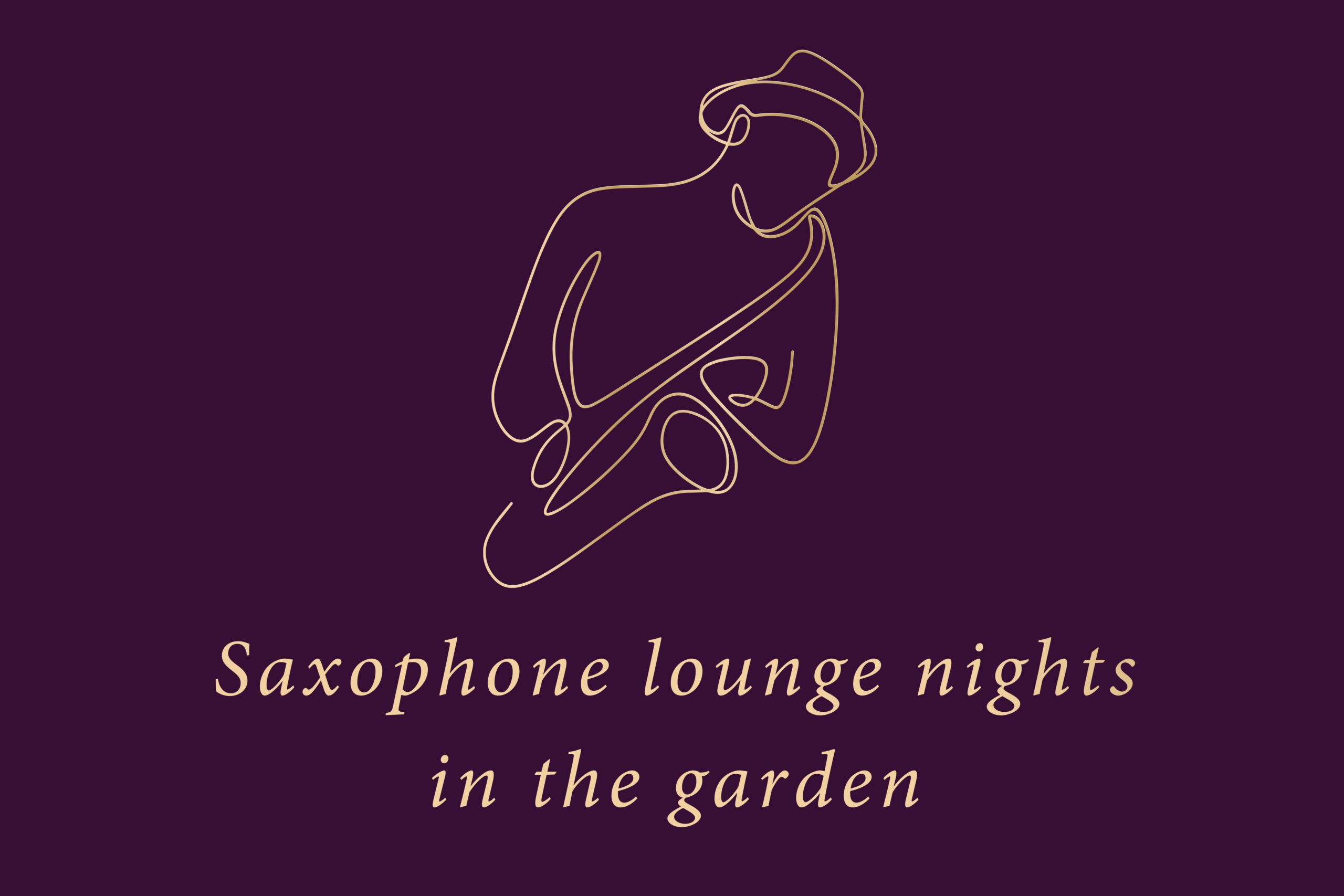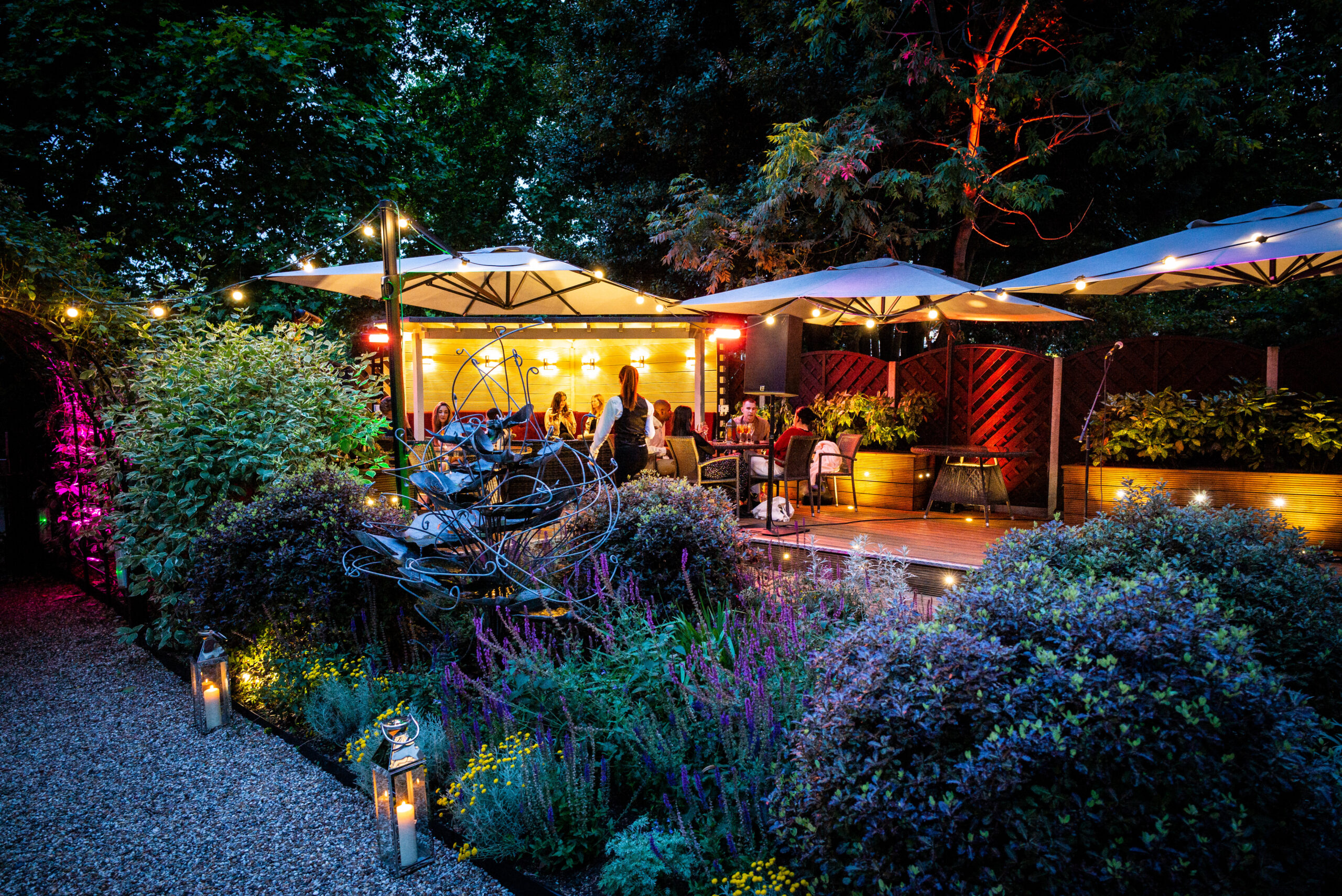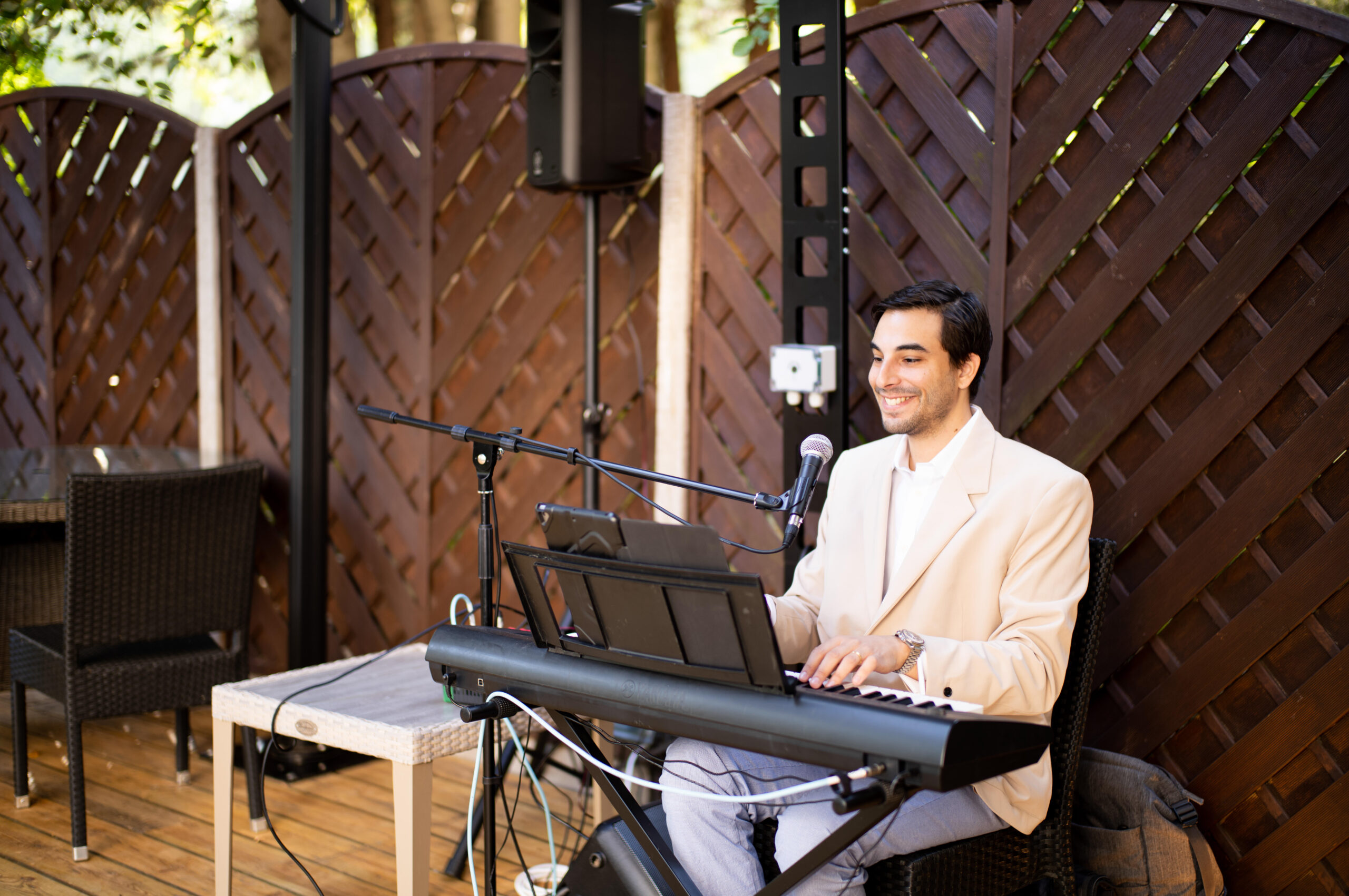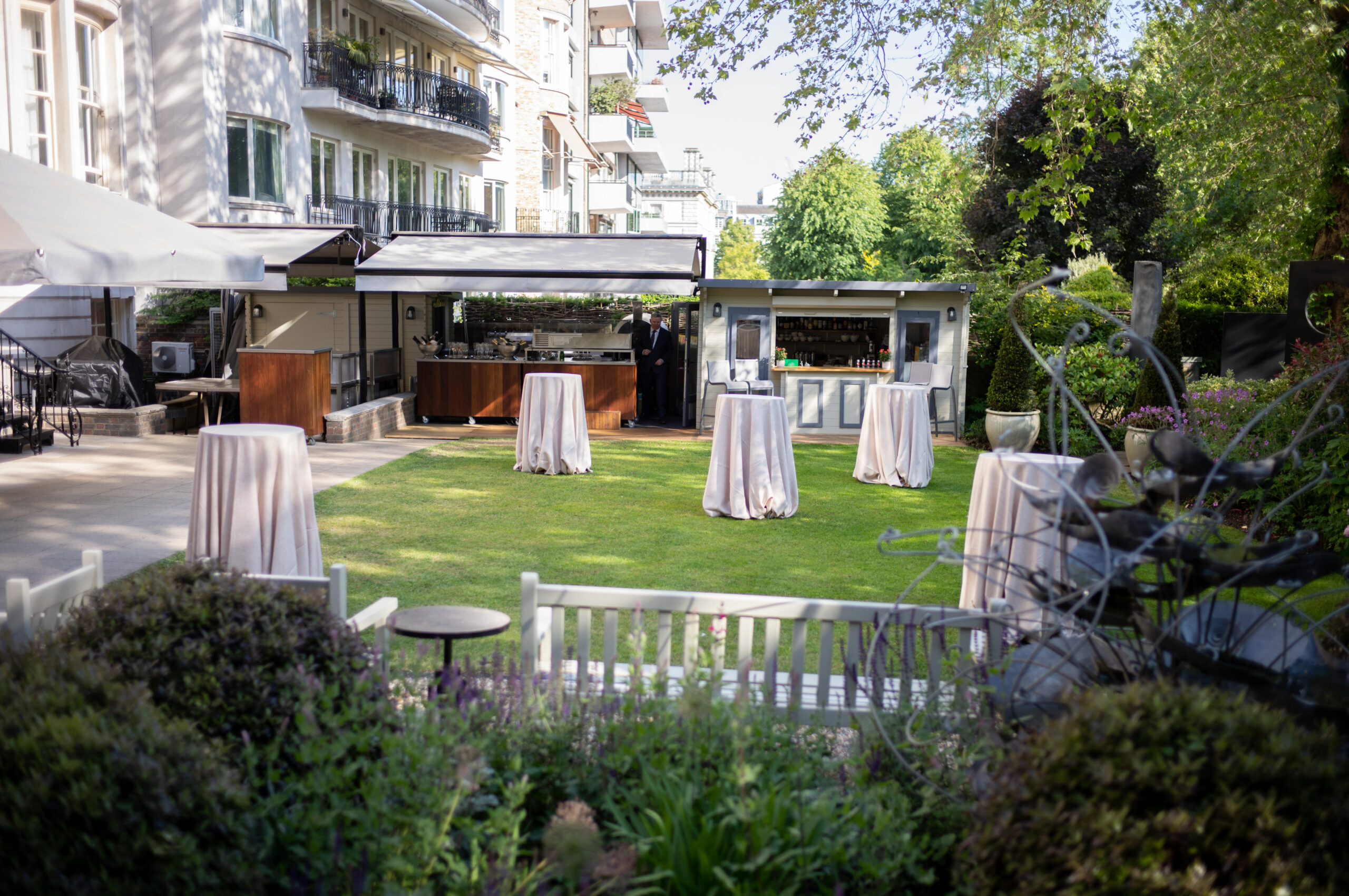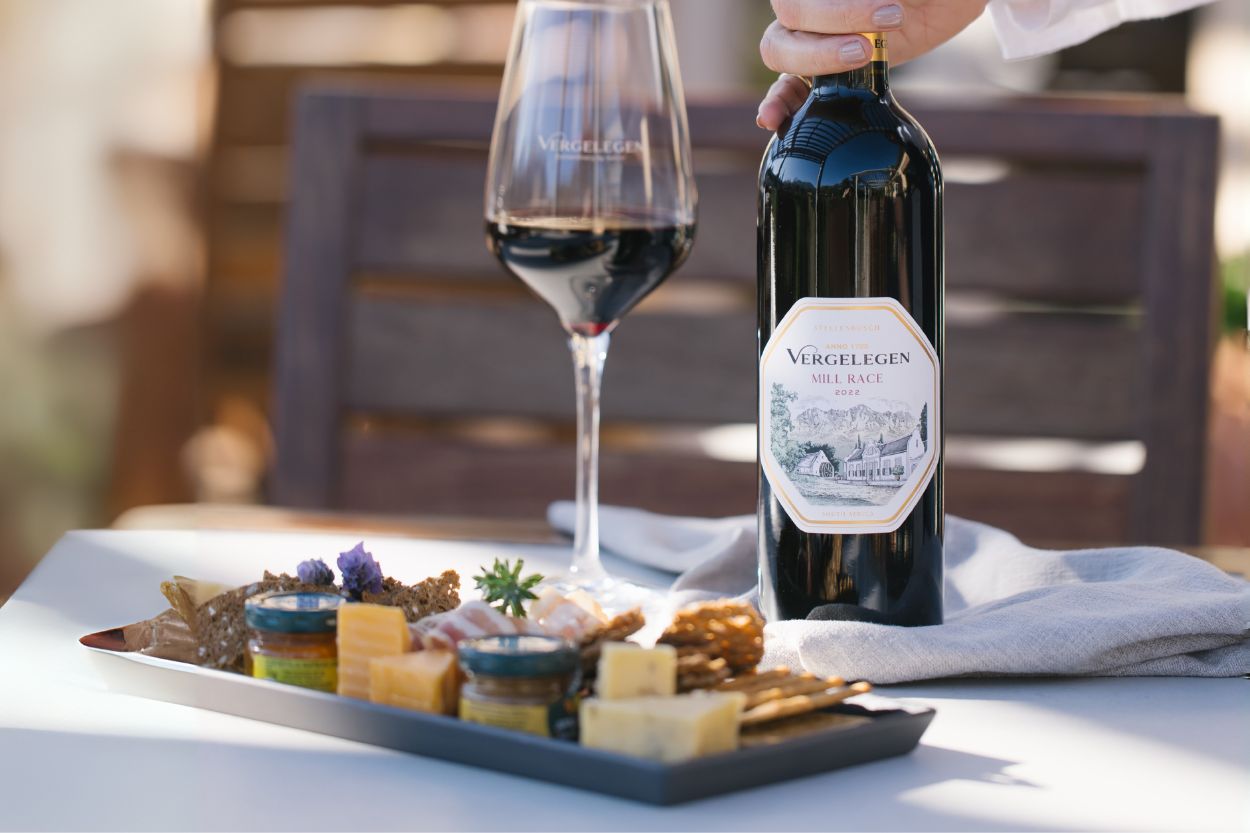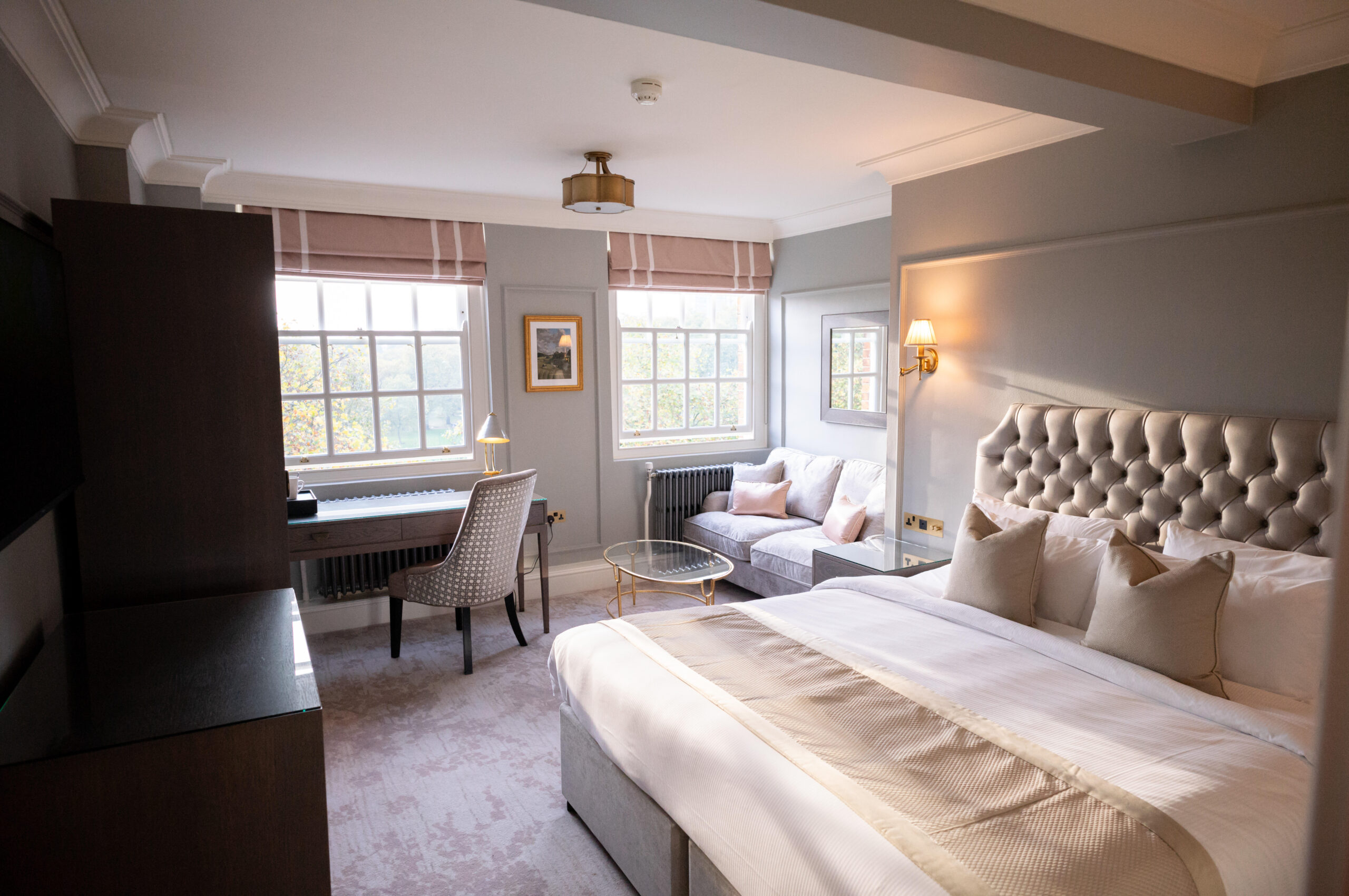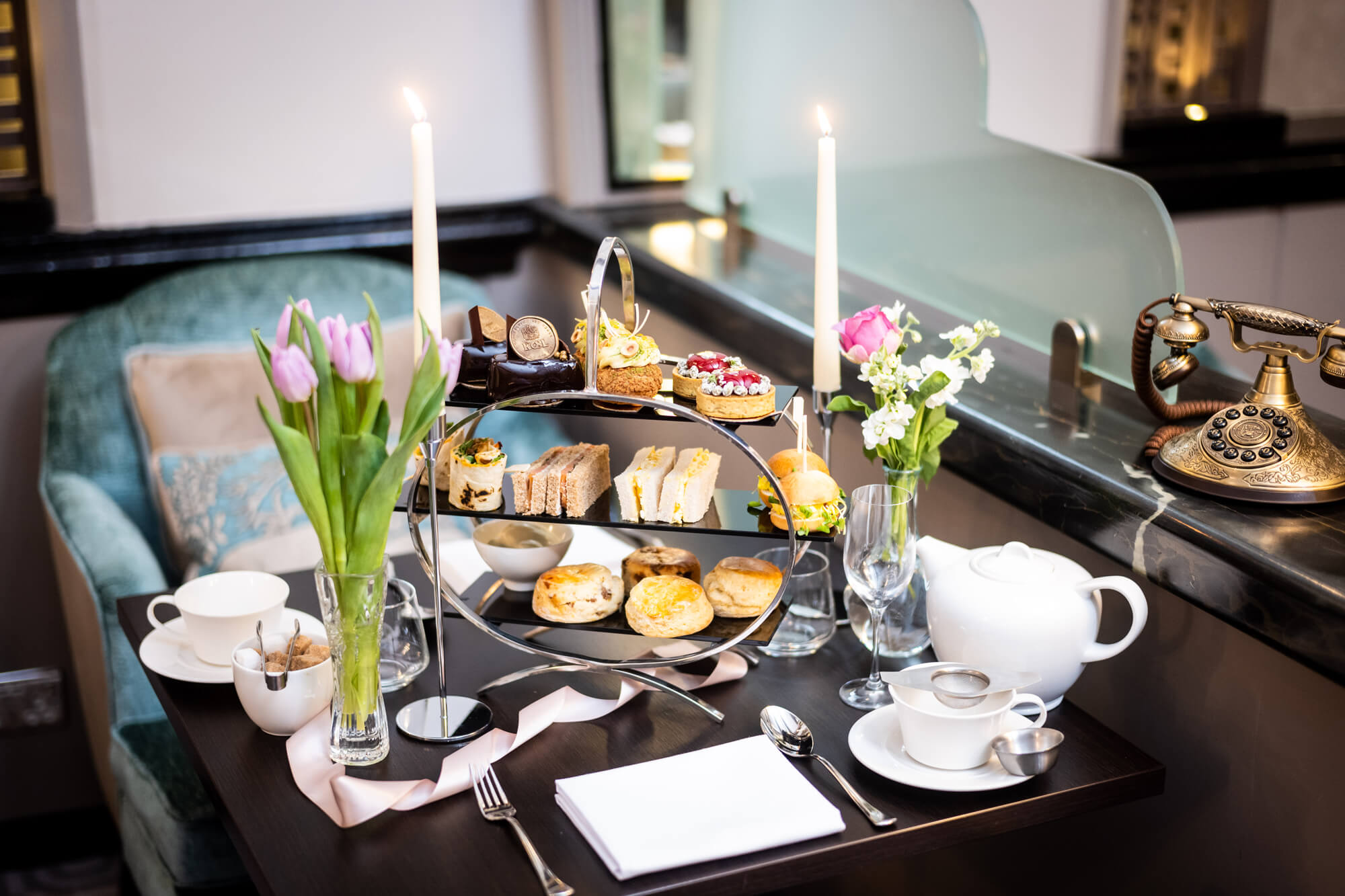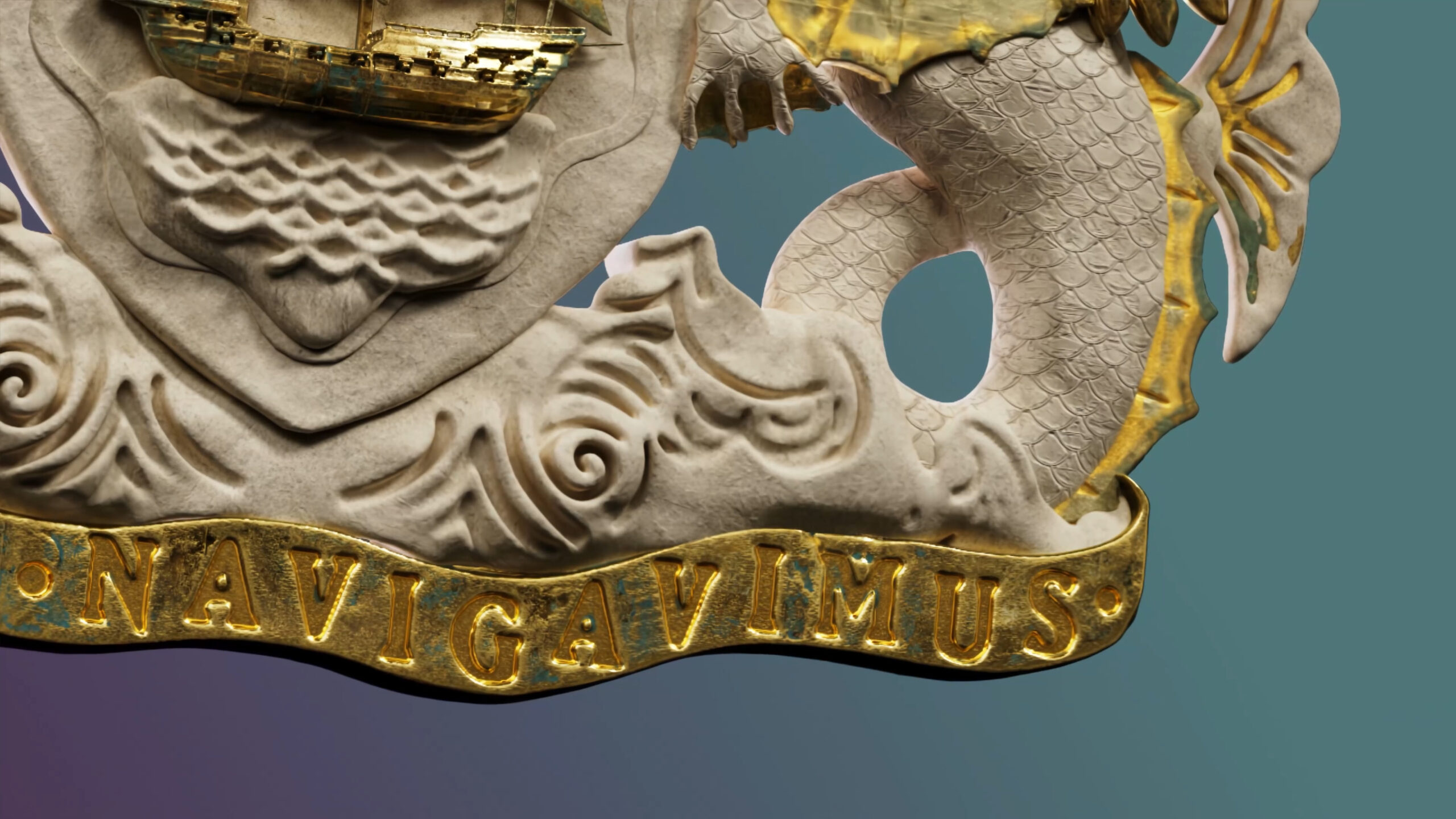- About Us
- Membership
- What’s On
- ROSL Events
- About Club Events
- Public Affairs
- Calendar of Events
-
Upcoming Events
-
London History Series: A Walk Through Medieval Smithfield
Wed. 09 July - 13:30
![Smithfield London]()
-
Exhibition Opening: Spaceshifting
Thu. 10 July - 18:00
![michelangelo]()
-
Saxophone Lounge Nights in the Garden
Fri. 11 July - 18:30
![saxophone lounge live music]()
-
Annual Music Competition, Gold Medal Final 2025
Fri. 18 July - 19:30
![ROSL Annual Music Competition 2024 Wigmore Hall]()
-
NZ Concert & Garden Drinks
Mon. 21 July - 18:15
![ROSL_Pettman_Scholars_2024_Lorna_Madeleine_NZ_Concert]()
-
Saxophone Lounge Nights in the Garden
Fri. 25 July - 18:30
![Brabourne Room & Garden, Club’s Brabourne Room The Garde an Rosl]()
-
Jazz in the Garden
Fri. 01 August - 19:00
![Jazz in the Garden - Oliver Lord]()
-
Jazz in the Garden
Fri. 08 August - 19:00
![ROSL garden Green Park]()
-
Jazz in the Garden
Fri. 15 August - 19:00
![Corporate Photographer London]()
-
Cheese and Wine Tasting with Paxton & Whitfield and Vergelegen Estate
Wed. 20 August - 18:45
![Vergelegen Estate and cheese]()
-
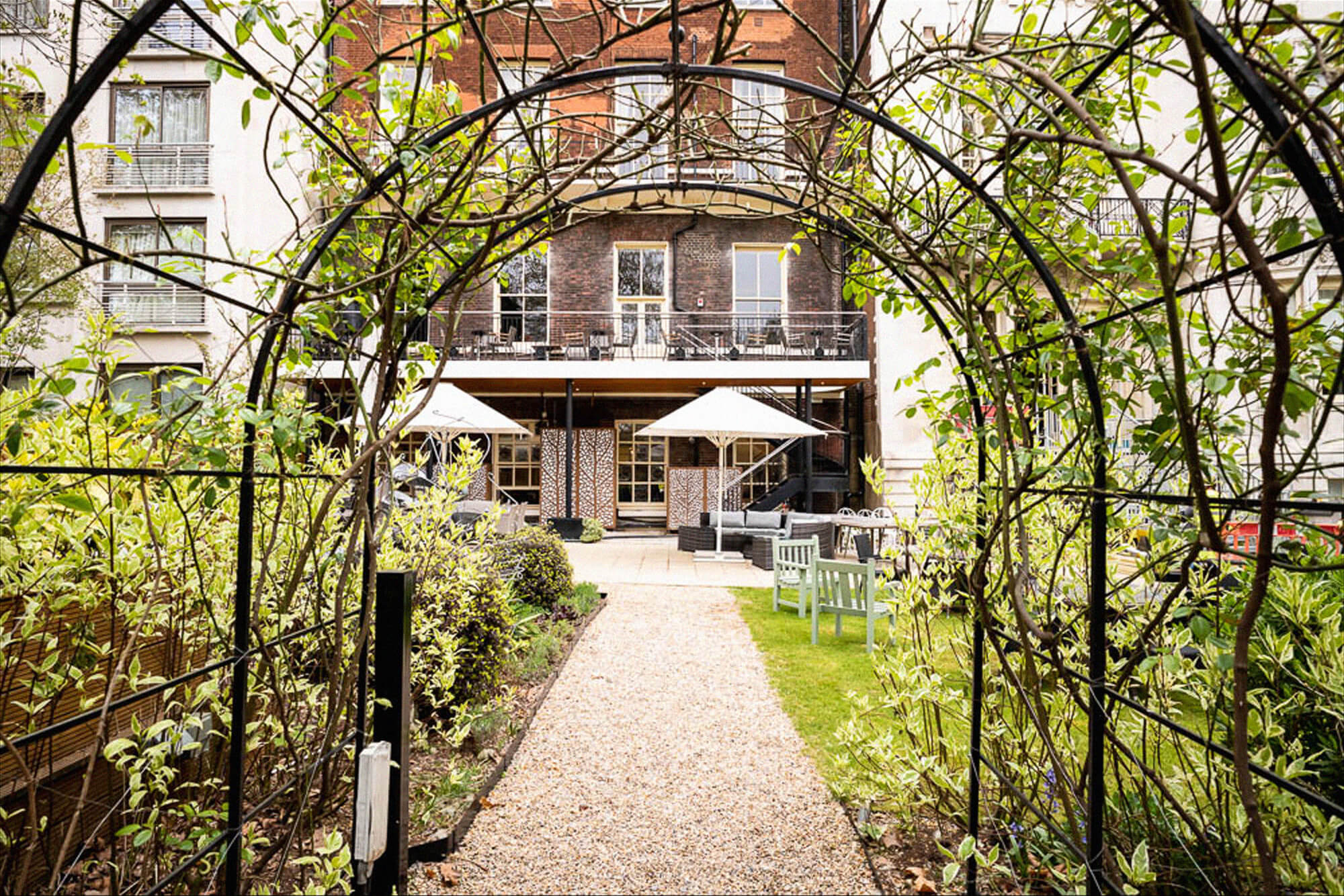
The ROSL Rose Arch & Garden
Overseas Journal | Exploring Eden – Discovering the world’s most intriguing botanical gardens
10 April 2024
Nothing revives the senses and lifts the spirits like taking in a beautifully curated garden, so to inspire your new season travels we’ve rounded up some of the world’s most intriguing to discover this year; from a collection of poisonous plants in the north of England, to a fashion-dynasty-inspiring cubist’s dream in Morocco, we hope these gorgeous spaces motivate you to explore the green places in your corner of the world.
Kirstenbosch Botanical Garden, Cape Town, South Africa
If grandeur and drama are your thing, look no further than the immense beauty of the Sanbi gardens, Kirstenbosch, South Africa for endless inspiration. Set against the majesty of the eastern slopes of Cape Town’s Table Mountain, it’s considered one of the most beautiful botanical gardens in the world and features a kaleidoscopic array of flowers and plants to enjoy throughout the year.
Established in 1913, Kirstenbosch was world-leading in its aims to preserve and protect species of flora and fauna native to South Africa, a philosophy that would eventually come to underpin the aims of many botanical gardens worldwide. You’ll find sculpture and artworks hidden among the dramatic plant life, including five life size and anatomically correct tin sculptures of dinosaurs and a pterosaur, set among a natural theatre of cycads – ancient slow growing, palm-like plants which have changed little since the Jurassic period. The website provides a useful guide to the best times to visit, with average weather and temperature information at www.sanbi.org/ gardens/Kirstenbosch.
Jardin Majorelle, Morocco
If azure blue buildings shining in the Moroccan sunlight sounds like your idea of heaven, then the gorgeous Jardin Majorelle is the botanical escape for you. Created by French artist Jacques Morelle, the garden’s blend of Moorish and Art Deco stylings, sprawling corridors and staggered levels made a lasting impression on the iconic fashion designer Yves Saint Laurent, who claimed the garden was ‘an endless source of inspiration and for many years I have dreamt of its unique colours’. And it surely can’t be coincidence that bold splashes of cerulean have cropped up many times in the fashion house’s collections and branding since.
While the garden may be famed for the exuberantly blue cubist architecture of its buildings and its celebrity connections (the aforementioned Yves Saint Laurent purchased the space in the 1980s), the plants are a wonder to behold too; expect swaying palms and bamboo, lush succulents and cacti, pretty jasmine, agaves and regal waterlilies to add verdant interest to the man-made elements of the garden. Visit jardinmajorelle.com/en for more information.
Desert Botanical Gardens, Phoenix, Arizona, USA
The deserts of the US south-west possibly conjure hazy images of haunting sandswept vistas, with an errant tumbleweed or lonely cactus punctuating the sparseness of the undulating plains; but let Arizona’s Desert Botanical Garden turn your preconceptions upside down.
Founded in the late 1930s by a group of local citizens who fortuitously saw the value in preserving the incredible plant life of the local environment, this lush and beautiful collection of desert-based botanica celebrates the plants that thrive in one of the planet’s most inhospitable environments with over 140 acres and 50,000 plants displays to explore. As you might expect, cacti and succulents are plentiful, but also expect dazzlingly colourful displays of blooms that attract bees, butterflies and even hummingbirds.
You can get an in-depth guide with a holistically themed tour (such as the Happy Tour which ‘guides you to six tranquil locations in the Garden where you can experience the natural beauty and peace of the Sonoran Desert’) or guide yourself round the surprisingly varied mix of trails, including the calming, water-feature filled Desert Oasis, or learn about the diverse habitats of indigenous Sonoran peoples on the Plants and Peoples of the Sonoran Desert Trail. It’s essential to bring plenty of water, sunscreen, and a sunhat and glasses to make the most of this sun-soaked paradise. Discover more at www.dbg.org/
Alnwick Poison Gardens, England
Nestled away in the pretty market town of Alnwick, Northumberland, England’s most northerly county, is an eerie botanical jewel that you might not expect to find among the town’s cobbled streets and quaint stone buildings. Looking every inch the Tim Burton film set, Alnwick poison garden hosts over 100 poisonous plants within the confines of its ominous black iron gates, ranging from the horribly toxic to the bewitchingly intoxicating.
As you might expect, visiting is allowed by guided tour only and touching or tasting the plants is strictly forbidden, but that doesn’t mean you can’t allow your senses to be enveloped by the darkly beautiful array of specimens you’ll find here. Expect some of the world’s most dangerous plants (which are kept, evocatively, inside cages), and plenty of other fascinating blooms such as the bewitching opium poppy; the pretty-butdeadly laburnum, aka Golden Chain tree, characterised by its waterfalls of yellow blooms; the almost-mythical Atropa Belladonna, aka Deadly Nightshade; and the nodding violet blooms of Monkshood along with many more. Visitors can also find a ghoulishly fascinating guide to the world’s most high-profile poisoning cases, and a guided tour helps foragers understand what not to pick on their own nature expeditions. Visit alnwickgarden.com/the-garden/ poison-garden/ for more details.
Arctic-Alpine Botanic garden, Tromso, Norway
Experiencing the world’s most northerly botanic garden ablaze with floral colour during the 24-hour sunlight of a midsummer day is the stuff of bucket-list fantasy. From May, when the first blooms of purple star-petalled saxifrage begin to emerge in the landscaped rock garden, through to October, the gardens are filled with Arctic, Antarctic and Alpine plants from all across the world, including special collections of rhododendrons, aster, roses and alliums. No fences, gates or admission fees mean you can visit anytime you like. The shrubs and rockeries are still worth seeing in winter too; ‘however,’ the website warns ‘if the snow cover is deep, you will have to bring your skis.’
Don’t forget that ROSL is one of the few London Clubs with its own garden, and it will be coming into its own over the next few months. The garden opens for drinks and dining on May 1 – why not spend a few hours enjoying this beautiful outside space overlooking Green Park this spring?
